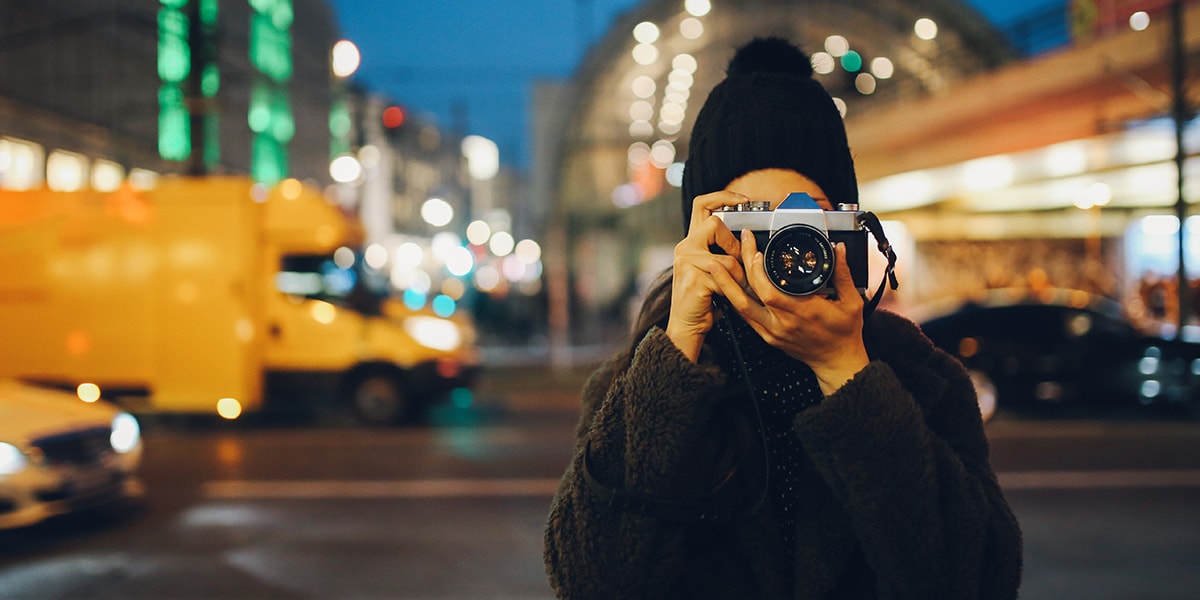About Framing Streets
About Framing Streets
Blog Article
Getting The Framing Streets To Work
Table of ContentsSome Known Factual Statements About Framing Streets Framing Streets Things To Know Before You Get ThisThe smart Trick of Framing Streets That Nobody is DiscussingFraming Streets Things To Know Before You BuyHow Framing Streets can Save You Time, Stress, and Money.What Does Framing Streets Do?
, usually with the objective of recording photos at a definitive or emotional moment by careful framework and timing. https://www.metal-archives.com/users/framingstreets1.
Examine This Report on Framing Streets
Susan Sontag, 1977 Street photography can concentrate on individuals and their behavior in public. In this regard, the street professional photographer resembles social docudrama digital photographers or photojournalists that additionally operate in public locations, but with the purpose of recording relevant occasions. Any one of these photographers' photos might record people and home noticeable within or from public areas, which usually requires navigating honest concerns and laws of personal privacy, safety, and residential property.
Depictions of day-to-day public life create a category in virtually every period of globe art, beginning in the pre-historic, Sumerian, Egyptian and very early Buddhist art durations. Art managing the life of the road, whether within views of cityscapes, or as the leading motif, appears in the West in the canon of the Northern Renaissance, Baroque, Rococo, of Romanticism, Realistic look, Impressionism and Post-Impressionism.
Fascination About Framing Streets
Louis Daguerre: "Boulevard du Holy place" (1838 or 1839) In 1838 or 1839 the initial picture of figures in the road was tape-recorded by Louis-Jacques-Mand Daguerre in one of a set of daguerreotype views drawn from his workshop window of the Boulevard du Temple in Paris. The 2nd, made at the height of the day, reveals an unpopulated stretch of road, while the various other was taken at concerning 8:00 am, and as Beaumont Newhall reports, "The Blvd, so constantly full of a moving bunch of pedestrians and carriages was completely solitary, other than a person that was having his boots combed.
His boots and legs were well specified, however he is without body or head, due to the fact that these were in motion." Charles Ngre, waterseller Charles Ngre. http://ttlink.com/framingstreets1 was the very first digital photographer to try this out attain the technological class required to sign up individuals in activity on the street in Paris in 1851. Digital Photographer John Thomson, a Scotsman collaborating with journalist and social protestor Adolphe Smith, released Road Life in London in twelve regular monthly installations beginning in February 1877
Framing Streets Things To Know Before You Get This
Eugene Atget is considered a progenitor, not since he was the first of his kind, yet as a result of the popularisation in the late 1920s of his document of Parisian streets by Berenice Abbott, who was influenced to carry out a comparable paperwork of New York City. [] As the city developed, Atget helped to advertise Parisian streets as a worthy subject for photography.

The Framing Streets Diaries
Martin is the very first recorded professional photographer to do so in London with a masked cam. Mass-Observation was a social research study organisation established in 1937 which aimed to tape everyday life in Britain and to tape-record the responses of the 'man-in-the-street' to King Edward VIII's abdication in 1936 to marry divorce Wallis Simpson, and the sequence of George VI. Andre Kertesz.'s extensively admired Images la Sauvette (1952) (the English-language version was titled The Crucial Minute) promoted the idea of taking a picture at what he described the "decisive moment"; "when kind and content, vision and structure merged into a transcendent whole" - photography presets.
Some Of Framing Streets
The recording device was 'a covert video camera', a 35 mm Contax concealed underneath his coat, that was 'strapped to the chest and attached to a lengthy cable strung down the best sleeve'. His job had little modern effect as due to Evans' sensitivities about the originality of his task and the personal privacy of his subjects, it was not released till 1966, in the publication Lots of Are Called, with an intro written by James Agee in 1940.
Helen Levitt, then a teacher of little ones, related to Evans in 193839. She recorded the transitory chalk illustrations - sony a9iii that became part of children's street culture in New York at the time, in addition to the kids that made them. In July 1939, Mo, MA's brand-new digital photography section included Levitt's operate in its inaugural exhibitRobert Frank's 1958 book,, was considerable; raw and typically indistinct, Frank's photos questioned conventional photography of the moment, "challenged all the official rules laid down by Henri Cartier-Bresson and Pedestrian Evans" and "contradicted the wholesome pictorialism and wholehearted photojournalism of American magazines like LIFE and Time".
Report this page